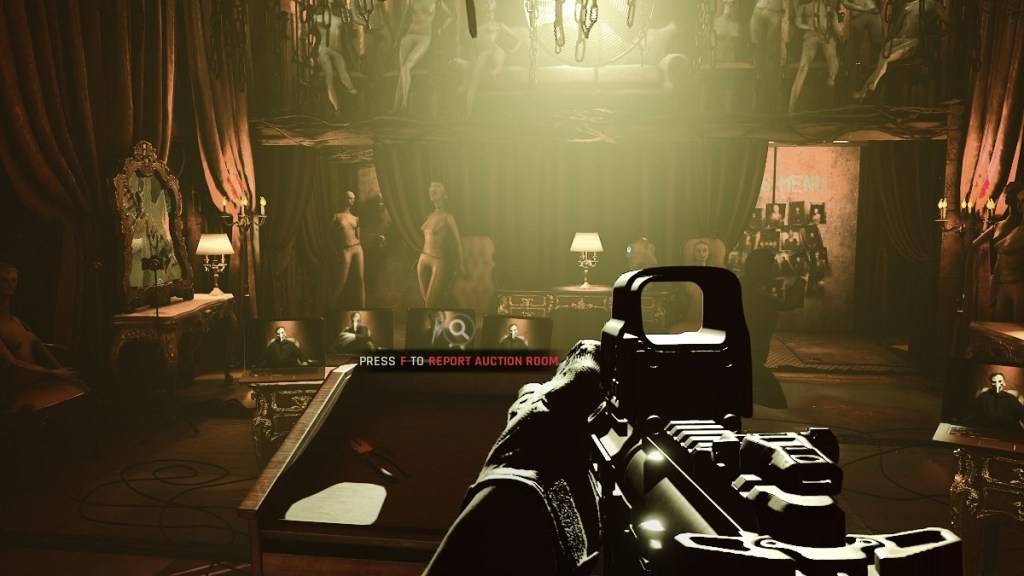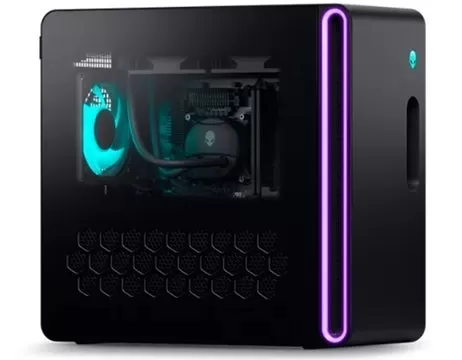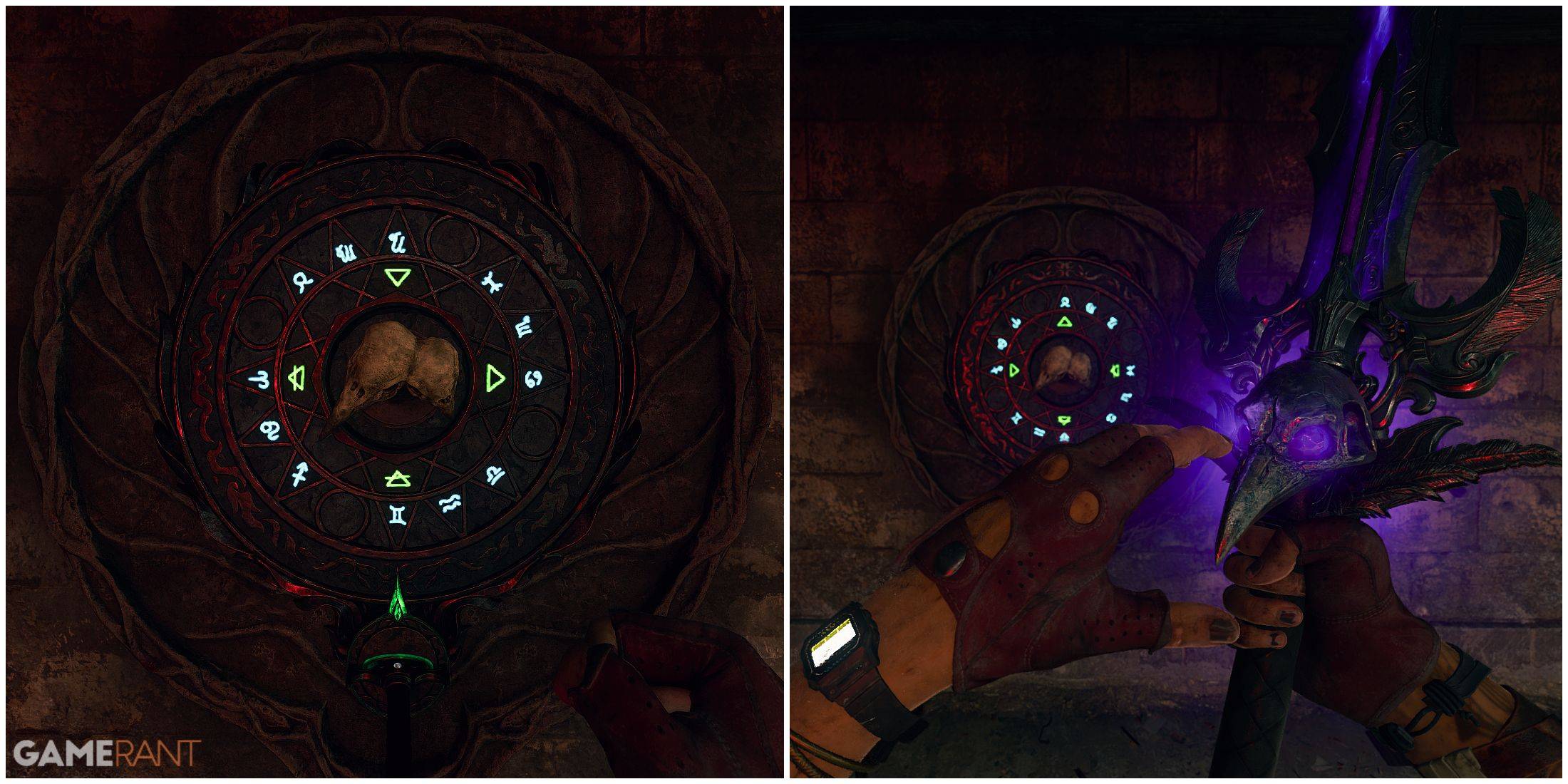Ready or Not: What’s Better, DirectX 11 or DirectX 12 (DX11 vs. DX12)?
- By Dylan
- Feb 27,2025
Ready or Not: DirectX 11 vs. DirectX 12 – Which Should You Choose?
Many modern games offer both DirectX 11 and DirectX 12 options, and Ready or Not is no exception. This choice can be confusing, especially for less tech-savvy players. While DirectX 12 is newer and potentially offers better performance, DirectX 11 is often considered more stable. Let's break down the differences.
Understanding DirectX 11 and DirectX 12
Simply put, both DirectX 11 and DirectX 12 act as translators between your computer and the game, helping your GPU render visuals.
DirectX 11, being older, is simpler for developers to implement. However, it doesn't fully utilize CPU and GPU resources, potentially limiting performance. Its widespread adoption stems from its ease of use.
DirectX 12, the newer option, is more efficient at utilizing system resources. It provides developers with greater optimization tools, allowing for performance enhancements. The trade-off is increased complexity for developers.
Choosing the Right DirectX Version for Ready or Not

Conversely, older systems may experience instability or performance issues with DirectX 12. For older hardware, DirectX 11's stability is preferable.
In short: Modern systems should opt for DirectX 12 for enhanced performance; older systems should stick with the more stable DirectX 11.
Related: Complete List of Soft Objectives in Ready or Not
Setting Your Rendering Mode in Ready or Not
Upon launching Ready or Not via Steam, you'll typically be prompted to select your rendering mode (DX11 or DX12). Simply choose the appropriate option based on your system's capabilities (DX12 for newer PCs, DX11 for older ones).
If this prompt doesn't appear, follow these steps:
- Right-click Ready or Not in your Steam library and select "Properties."
- Navigate to the "General" tab.
- Use the "Launch Options" dropdown menu to select your preferred rendering mode (DX11 or DX12).
Ready or Not is currently available on PC.
Latest News
more >-

- DomiNations Celebrates Decade with New Updates
- Nov 06,2025
-

- Samkok New Force: Essential Guide
- Nov 06,2025
-

-

-




